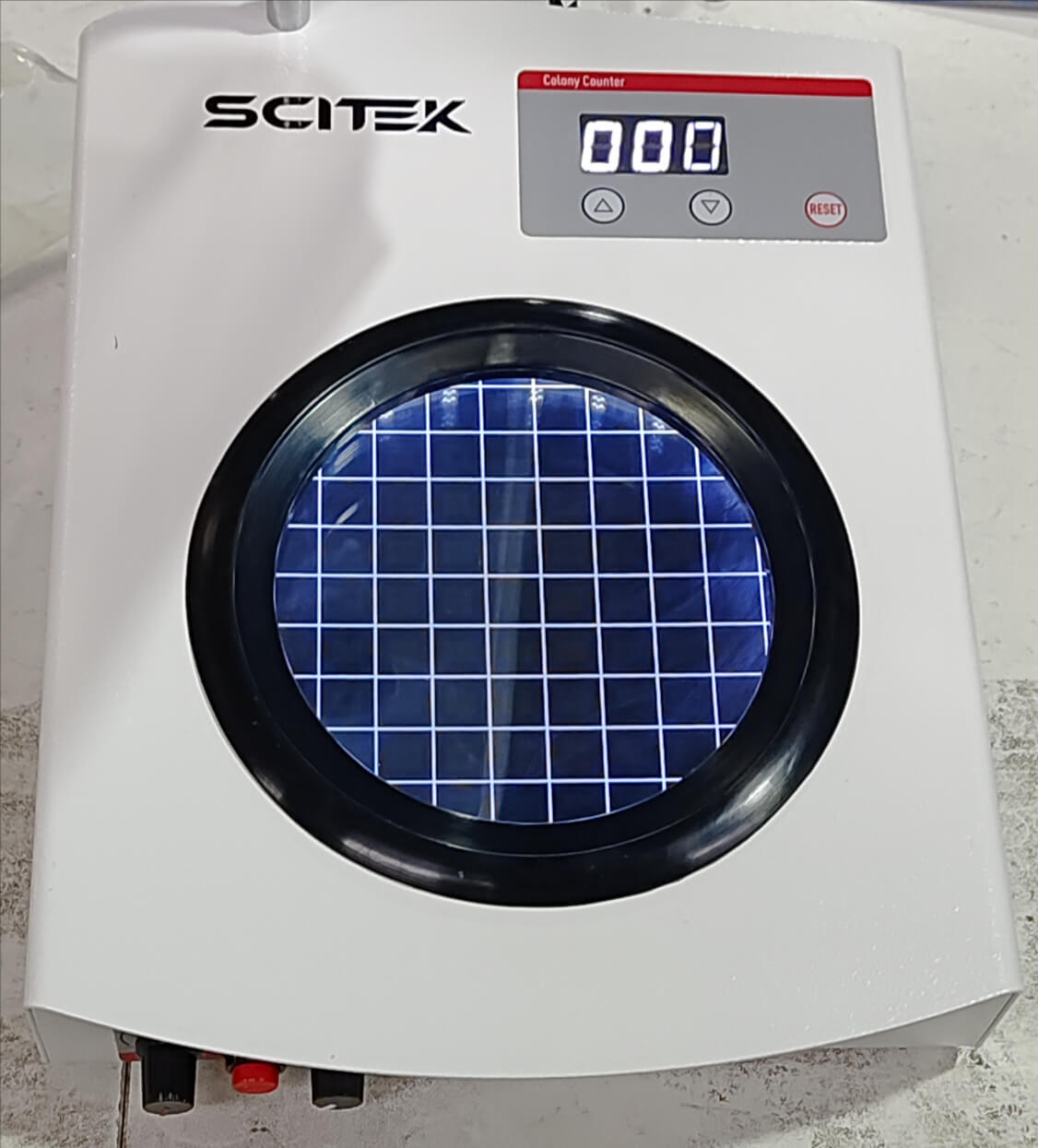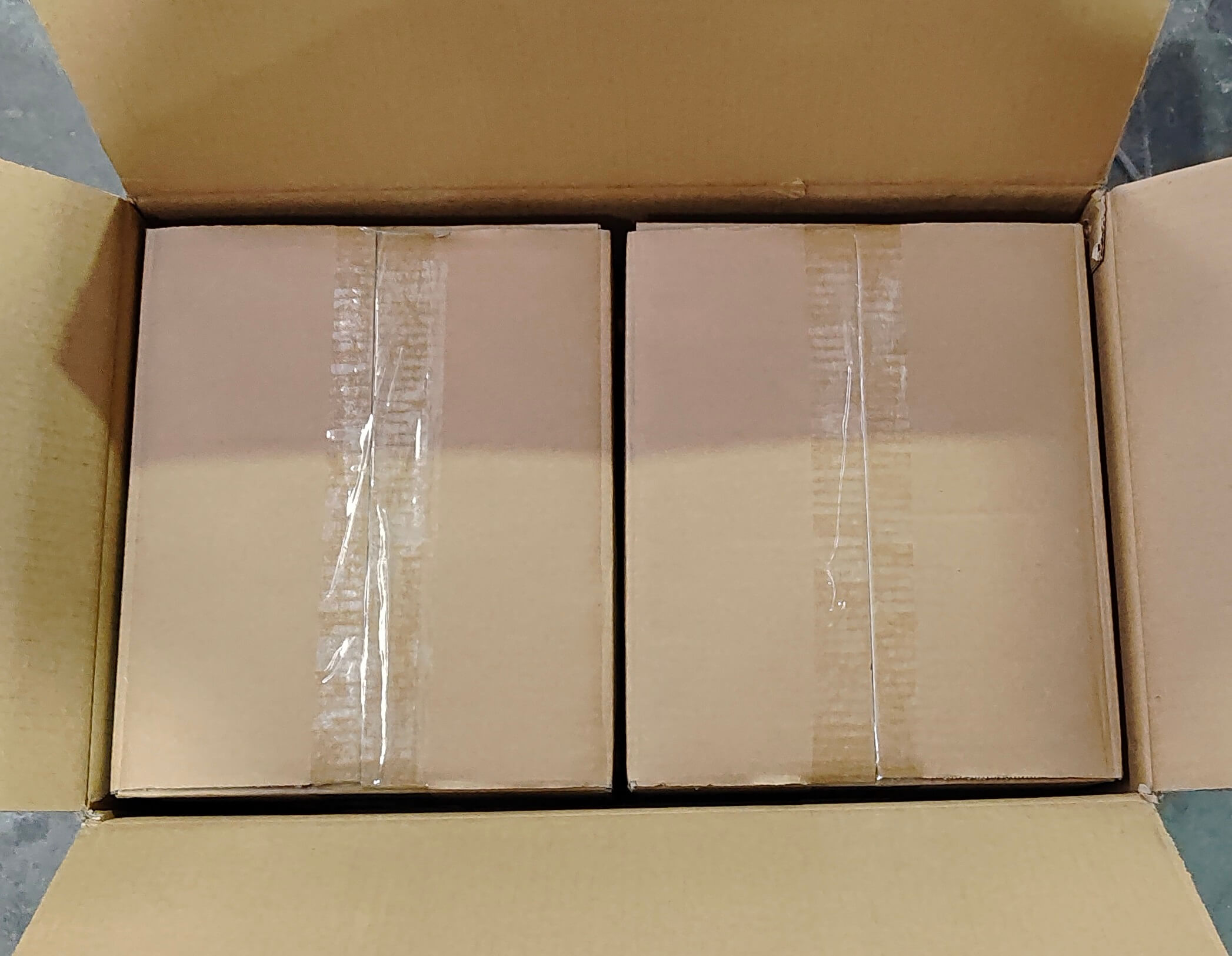Bacterial Colony Counter Feature:
BCC-2S is a high-tech colony counter, It can accurately count all the culture media (culture dishes, flters) used in microbiology.
LED display cumulative number
Intuitive counting with tactile pressure beeps
Adjustable LED side light source and dark background make colonies dlearly visible.
Bacterial Colony Counter Application:
Bacterial Colony Counter has a wide range of applications, mainly including the following:
Biomedical research: Bacterial Colony Counter can be used for counting and analysing bacterial colonies on bacterial culture media, which helps researchers to get the result data of bacterial culture experiments quickly.
Food safety testing: Bacterial Colony Counter is used to test the number of bacterial colonies in food samples to assess the hygiene and safety of food.
Drug R&D and production: Detecting bacterial contamination during drug production to ensure the quality and safety of drugs.
Environmental monitoring: monitoring bacterial counts in water, air and soil for environmental hygiene and pollution monitoring.
Bacterial Colony Counter Specifications:
| Model | BCC-2S |
| Display | 3-digit LED display |
| Counting Range | 0~999 |
| Counting Method | Pressure sensitive |
| Lighting | White LED array |
| Applicable Petri Dish | φ50, φ55, φ60, φ70,φ90 |
| Magnification | 3 times (or 9 times) |
| Protection Class | IP21 |
| Allowable Relative Humidity | 80% |
| Allowable Ambient Temperature | 5~50℃ |
| Power Supply | AC100~240V, 50/60Hz |
| Input Consumption | 20W |
| Loupe Size | φ90mm/φ20mm |
| Shipping Size(W×D×H)(mm) | 600x370x450 |
| N.W./G.W. (kg) | 7.3/15 |
Details of Bacterial Colony Counter:

The front of the bacterial colony counter is equipped with a large operating screen, which is clear and intuitive.


The side design is clean, smooth and ergonomic.

The packaging is made of sturdy materials to ensure that the bacterial colony counter is protected from damage during transportation, and the compact design allows for easy storage and transportation.
How to count bacterial colonies
Counting bacterial colonies is a standard technique in microbiology. Here's how it's typically done:
Prepare the Agar Plate
Inoculate the agar plate with a sample containing bacteria, then incubate it under appropriate conditions (temperature, time) for bacterial growth.
Identify Distinct Colonies
After incubation, look for isolated, well-separated colonies. Each colony is assumed to have originated from a single bacterial cell.
Count the Colonies
Manual Counting: Count colonies directly on the plate by eye. A colony counter or a ruler can be helpful for larger plates.
Bacterial Colony Counter: For precise counts, use a colony counter, which typically uses a light or digital system to automatically count colonies based on their size and color contrast.
Record the Colony Count
Note the number of colonies and the dilution factor, if applicable (if a dilution series was used).
Calculate the Concentration (CFU)
If a dilution was performed, the colony count can be used to estimate the bacterial concentration (CFU/mL or CFU/g) in the original sample.
Formula:

Tips:
Only count colonies in the "countable range," typically 30–300 colonies per plate.
Avoid counting colonies that are touching or overlapping.
Let me know if you'd like more details on any of the steps!

 English
English

















